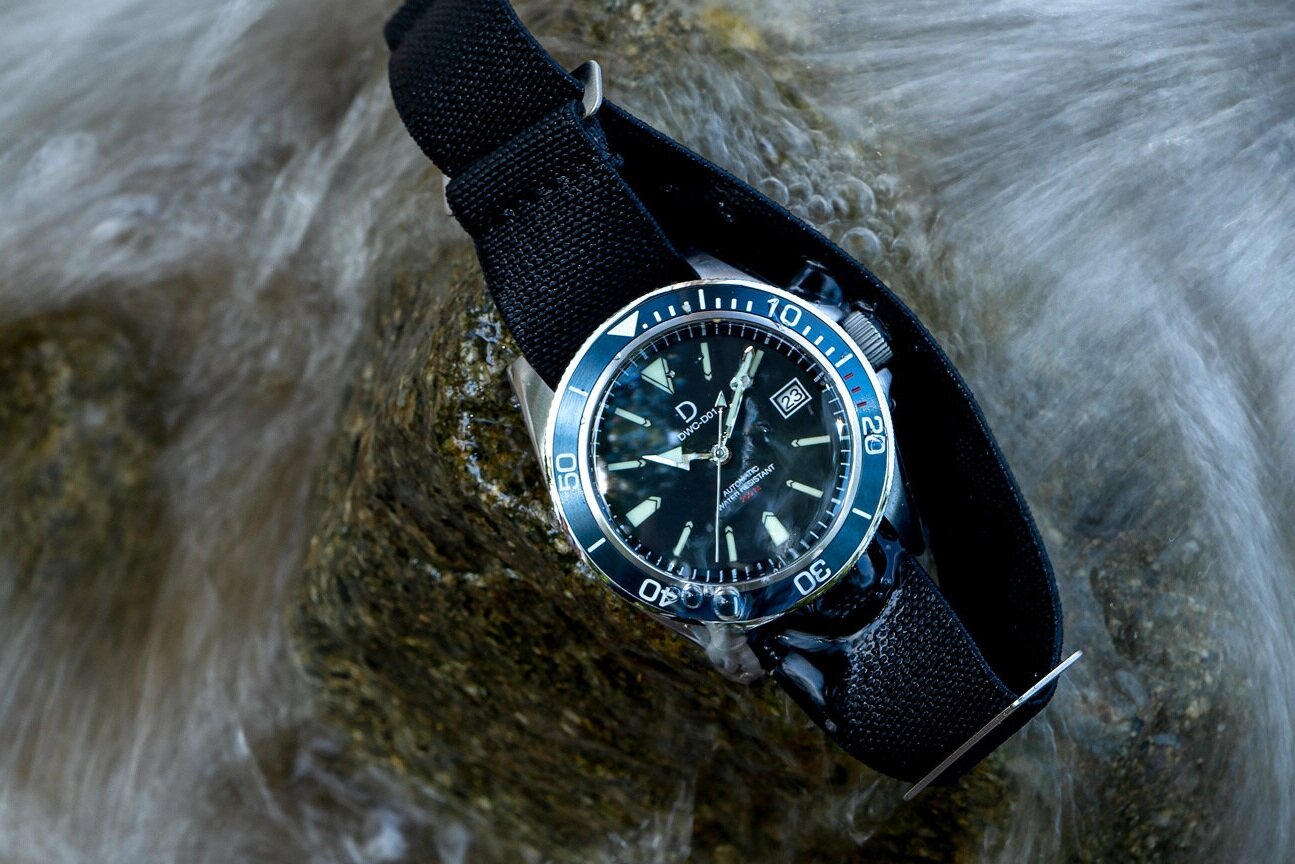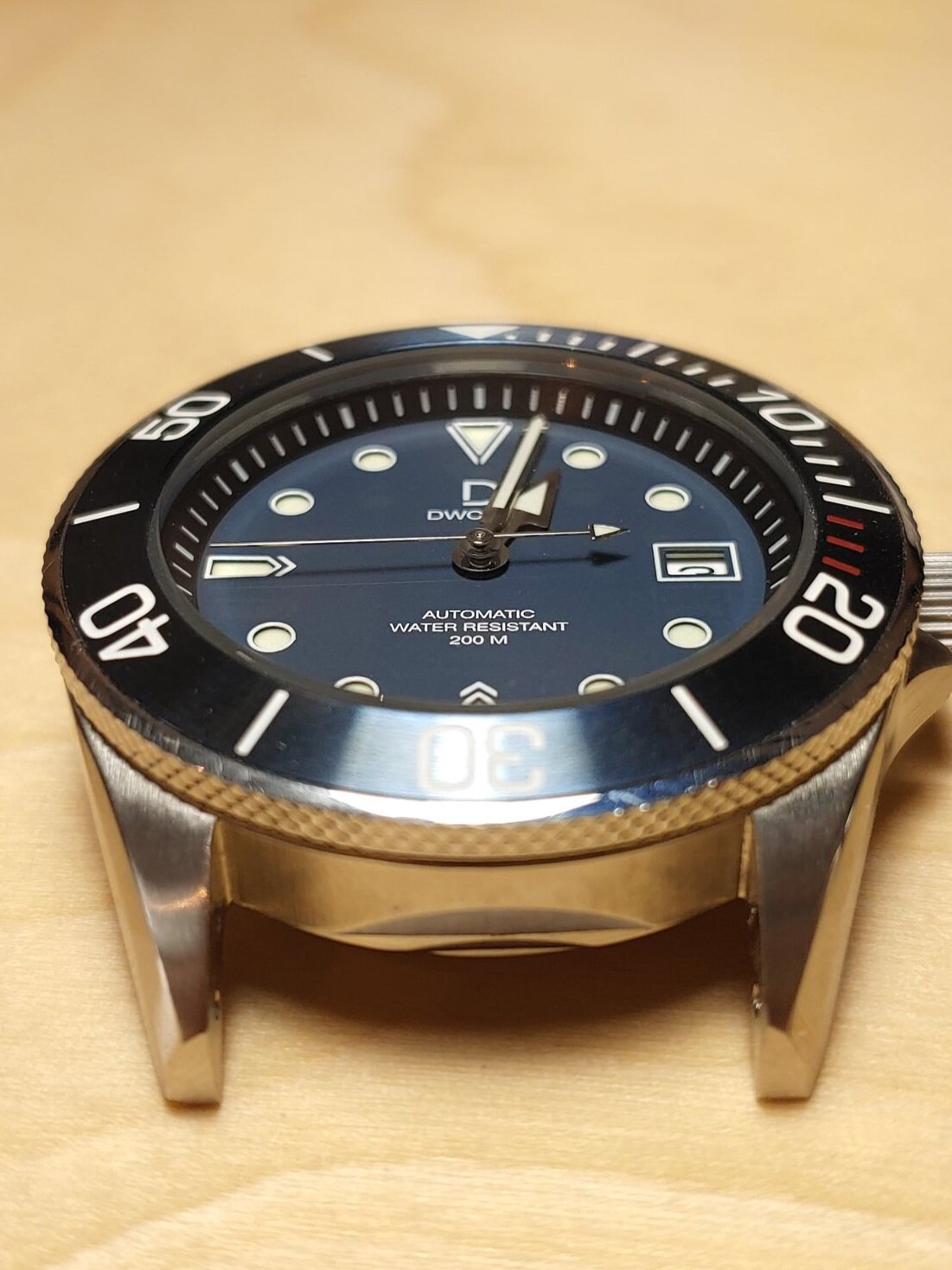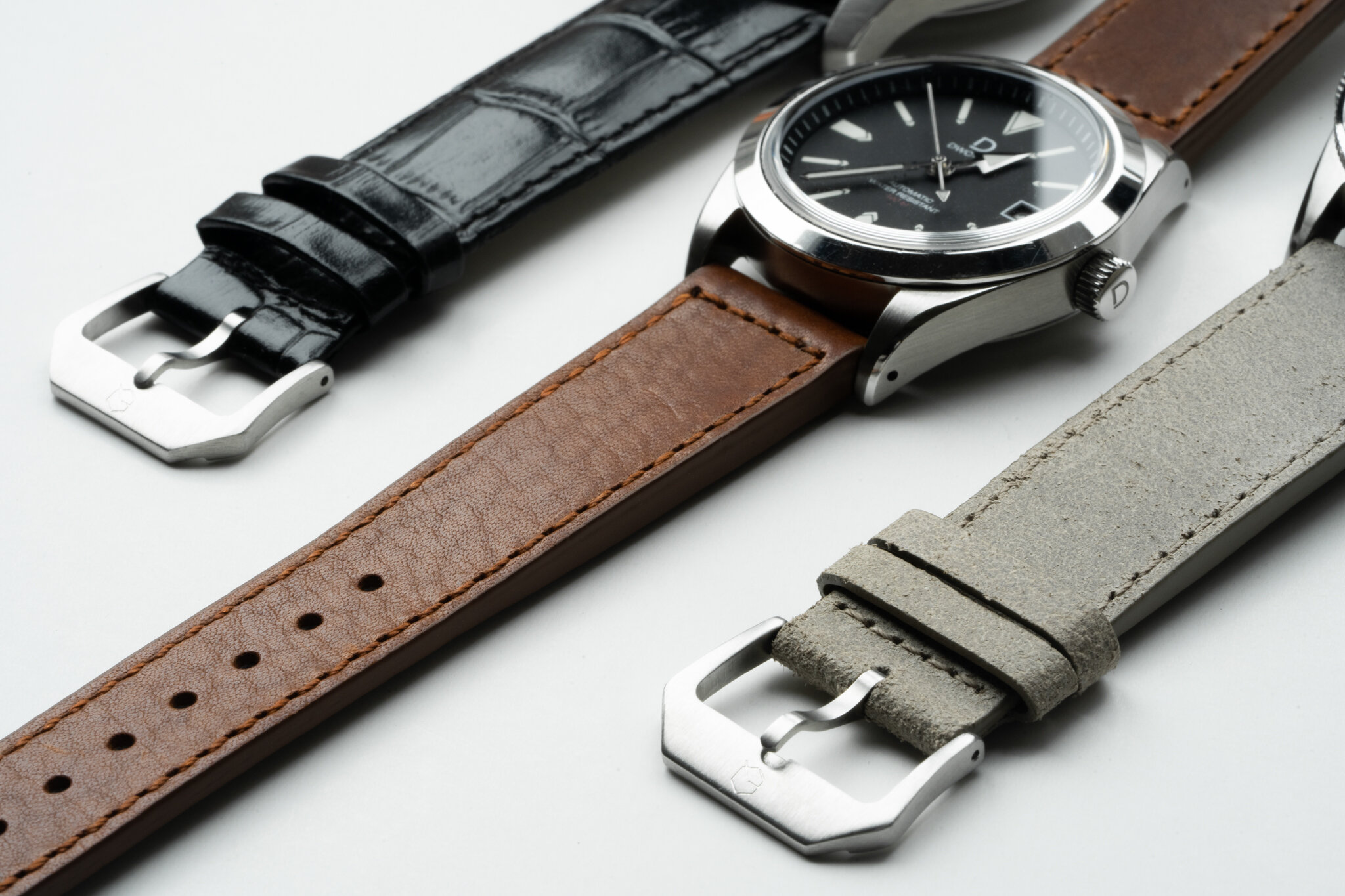Why Waterproof / Water Resistance Rating Isn’t What It Seems
What 10ATM or 5ATM WR rating actually means
Water resistance rating is usually denoted in ATM, which stands for “atmosphere”. It is easy to deduce that ATM is a measurement of pressure, and in this case, atmospheric pressure. 1ATM is the atmospheric pressure at sea level. And 10ATM would be ten times that pressure.
Translating ATM into Water Depth
So why pressure? Simply put, when a watch is submerged in water, it is withstanding pressure exerted by water, and deeper it goes into the water, the higher the pressure exerted on the watch. So a higher WR rating actually means that the watch can withstanding higher pressure before deforming exceedingly or breaking.
That means to determine the actual water depth the watch can go to, we just have to translate ATM into water depth. Luckily the conversion is very simple. The pressure of 10ATM equals that of 100 meters under water, and 20ATM to 200 meters under water, and so on. But does that mean your 10ATM watch can go under 100 meters of water? (and mind you that’s a lot of water)
Why 100M isn’t 100M
WR rating can usually be found on the dial or on the case back
The important distinction here is that ATM is a measurement of static pressure in lab conditions. That means it is only valid in so far as the watch stay immobile in the water, the water doesn’t flow, and temperature stays within 25-30 degrees, etc. In reality, that rarely happens. There are a multitude of extra factors that go into deciding the water resistant capability of the watch. One of them is dynamic pressure. The watch, strapped to your wrist, moves along with your arm during a swimming stroke, and water constantly flows in waves. This creates fluctuation in pressure.
But dynamic pressure, contrary to urban myth, is not the main factor in influencing water resistant capability; in fact it only contributes to an increase of 5 metres of additional water depth. The ISO divers’ watches standard dictates that the watch should be able to withstand 125% of the required test pressure as a safety margin against not only dynamic pressure increase, but also thermal shock (think diving from a hot sunny day into icy cold water then back up again), difference in water density (seawater is 2% to 5% denser than freshwater) and degradation of the water seals. These all are contributing factors in determining the water resistant capability of a watch.
This is why 100M isn’t just 100M.
So, can I take my 100M watch and dive to 100M?
With all factors considered, a 100M rated watch, in mint condition, can safely go to 100M depth without failing (most recreational scuba diving goes to a maximum depth of around 45M). That’s the factory standard. But over time, gaskets naturally degrade, and without proper testing tools, you won’t know the gasket has failed until too late. Even if you have a tester, most people won’t go through the hassle of testing the watch every time before going to the beach.
That’s why most brands have a consensus of what WR rating means. Rather than thinking WR rating as a precise measure of water depth it can go to, it is marketed as an indication of levels of water resistant capability, with a substantial safety margin. Most WR ratings on the market can be summarized as thus:
3 ATM/30M — Splash/rain resistant, Washing hands
5 ATM/50M — Shower/bath
10 ATM/100M — Recreational surfing, swimming, snorkeling, sailing and water sports
20 ATM/200M — Professional marine activity, serious surface water sports and skin diving
A distinction should be also noted between WR 200M and Diver’s 200M, which is a more demanding standard suitable for scuba diving, and Diver’s 300M which is good for saturation diving.
So is it safe to take a 100M watch to 100M? The answer is, probably yes. On a good day, it’ll work as it is rated for. But you never know when a bad day’s coming. It’s no wonder why most brands have taken a “better safe than sorry” stance on the definition of WR ratings.
Keep your watch water resistant
As you may recall, degradation in water seals influences WR ability. Therefore it is recommended to get your watch to a watchmaker to replace its gaskets once per year to keep its WR ability up. A watchmaker will also gladly give your watch a water pressure test to verify its WR ability is intact.
And then avoid going to sauna with your watch (steam is quite different than water), wash off salt water or sea water with clean water to avoid corrosion, and do not take your watch to a water activity higher than what it is rated for.
Remember, take care of your watch, and it will take care of you.












Blued hands and screws are ubiquitous existences in the history of watchmaking. Behind that frequent appearance though is a history and science that go beyond the aesthetic value of flame bluing.